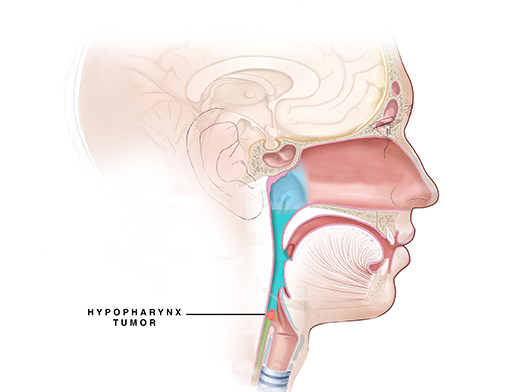- Surgery
- Radiation Therapy
-
Medical Management
- Surgery is considered depending on the tumor’s size, location and the overall health of the patient. Some people need more than one surgery.
- Surgery may be:
- Tumor resection – The surgeon will remove as much of a tumor as possible as well as other tissues where cancer may have spread, such as lymph nodes or neck structures.
- Pharyngectomy – The surgeon removes part or all of the pharynx.
- Laryngopharyngectomy –The surgeon removes part or all of the pharynx and the larynx.
- Transoral CO2 laser resection –This approach involves specialized transoral endoscopes with an operating microscope coupled to a CO2 laser.
- Trans-oral robotic surgery – In selective patients, robot-assisted minimally invasive surgery is performed. These minimally invasive procedures allow the surgeon to perform the surgery through small incisions. This reduces hospital stay and speeds up recovery.
- Surgery may affect how you eat, breathe or talk and hence reconstruction of the removed section might be necessary.
-
Reconstructive surgery – In advanced cases, surgeons sometimes rebuild structures (such as the pharynx or create a voice prosthesis) during the same or a second procedure. Reconstructive surgery is done using the microvascular technique.
During a total laryngopharyngectomy, the continuity between the pharynx and esophagus is lost. This is reconstructed using a small portion of the Jejunum (small intestine) using microvascular techniques.
In cases where the tumor extends into the esophagus the stomach is brought to the neck region and connected to the pharynx, and when the voice box is removed, a voice prosthesis is placed. - Speech or swallowing therapy – Post-surgery, the doctor may recommend rehabilitation to improve the function of speech and swallowing.


